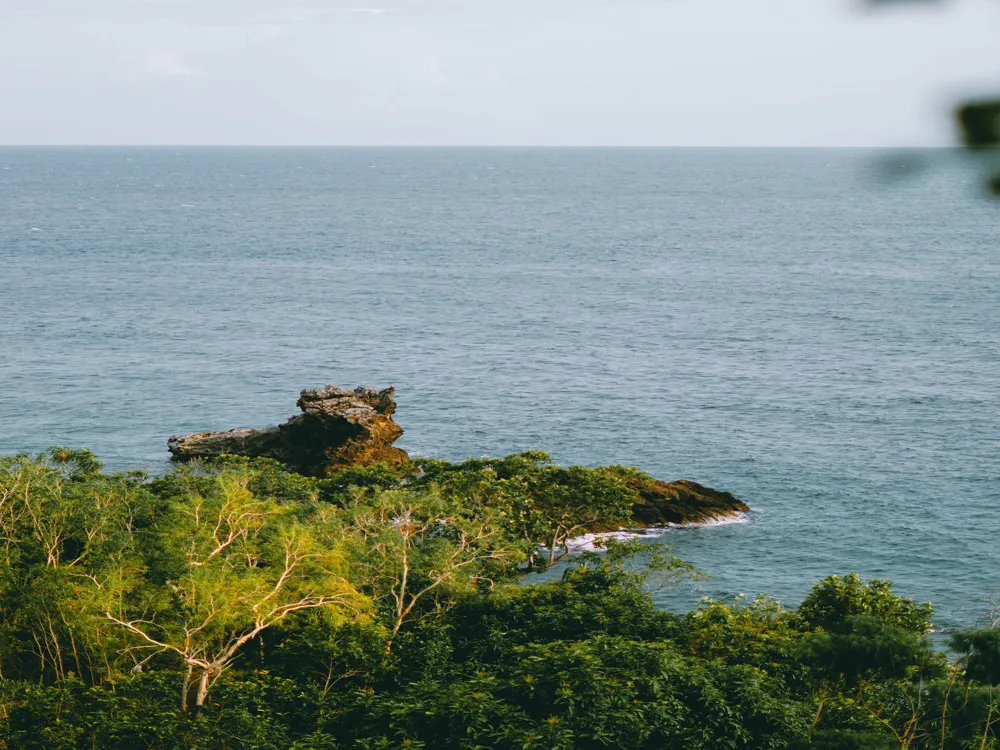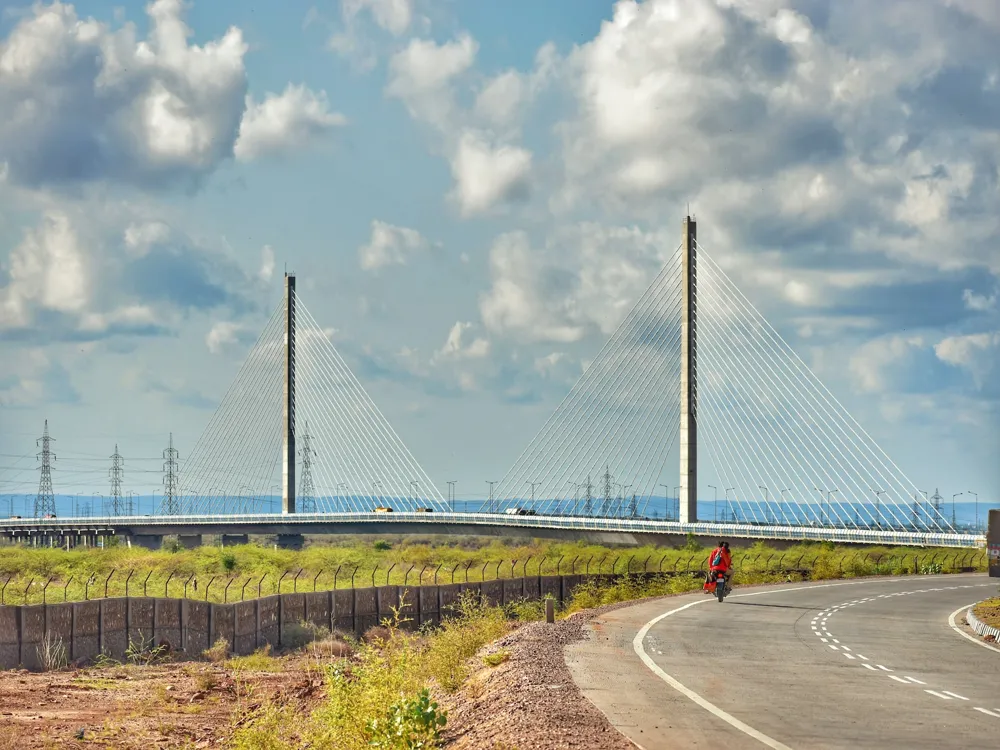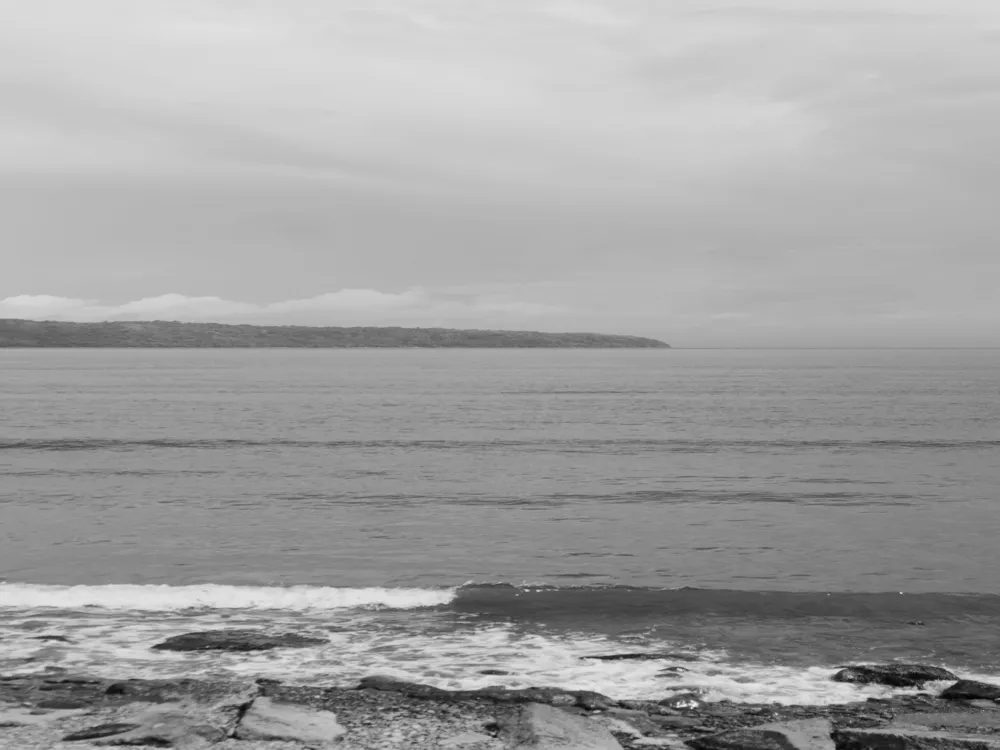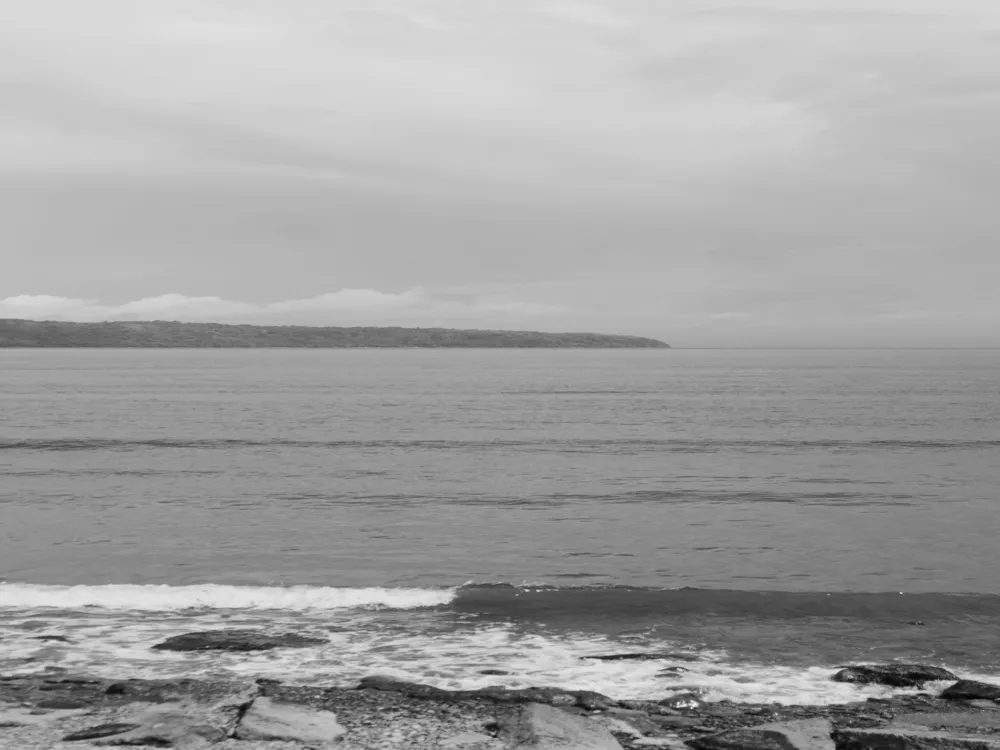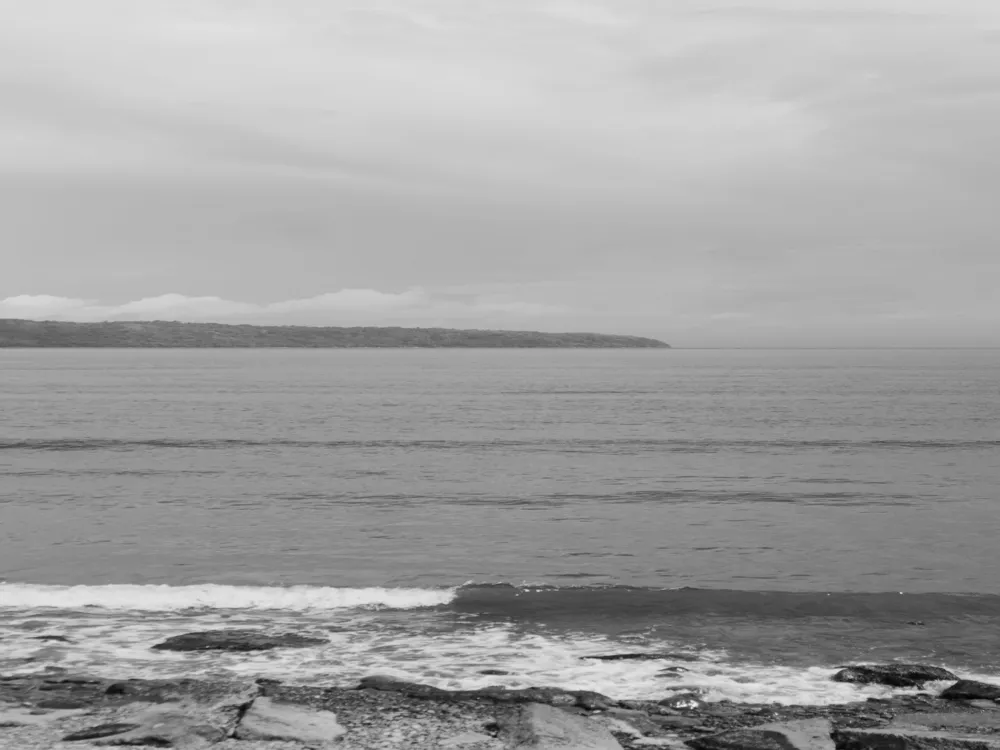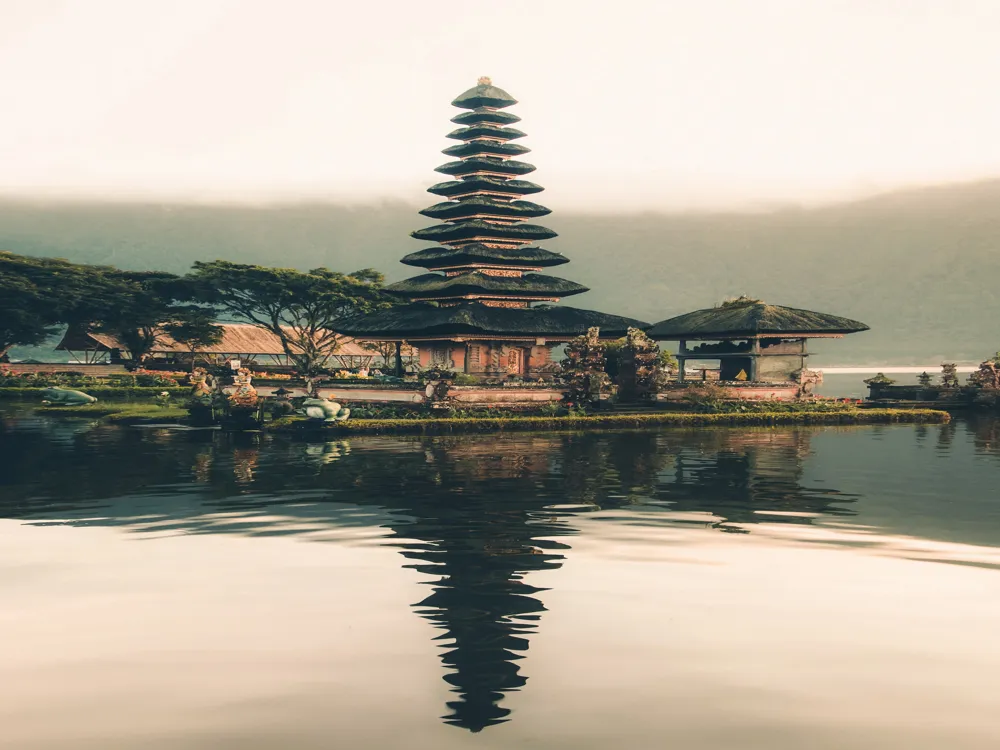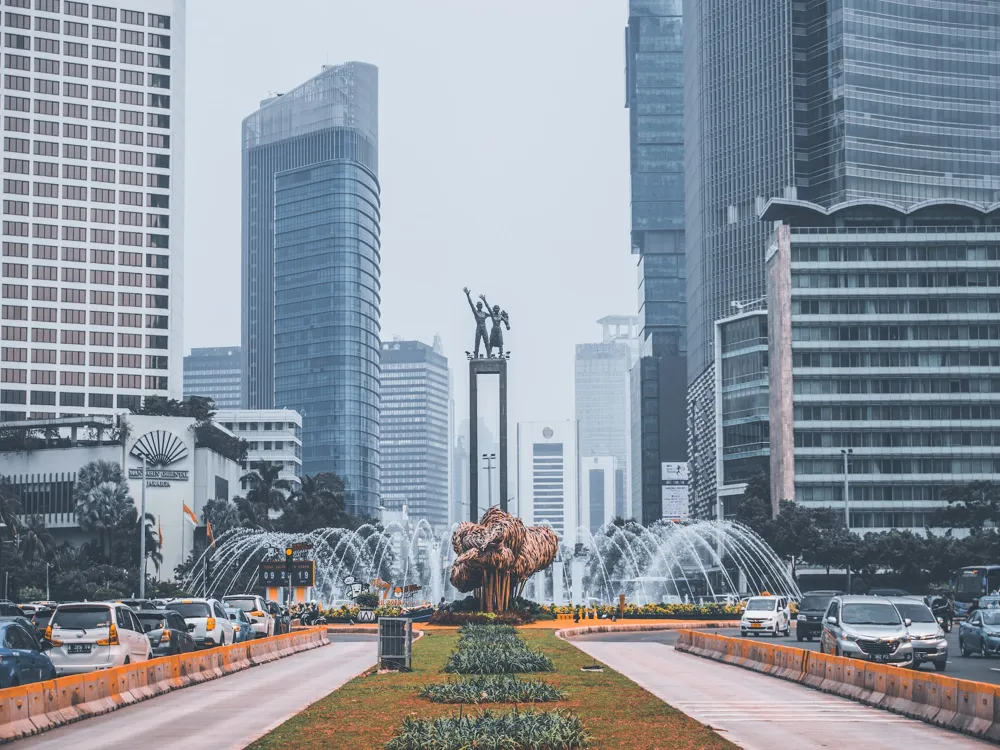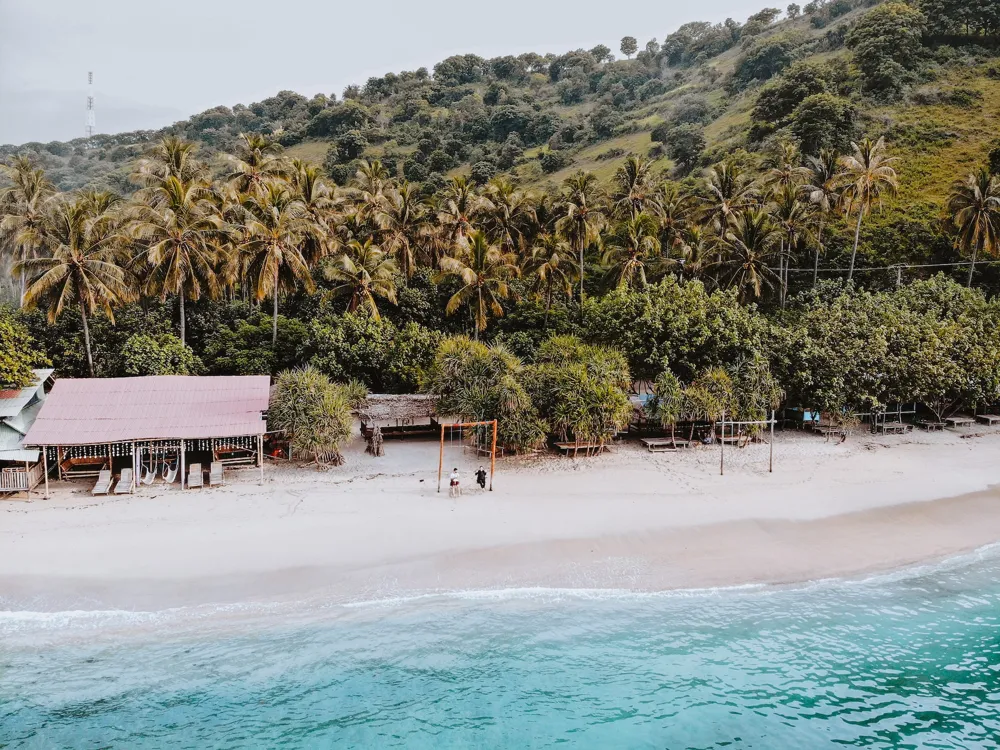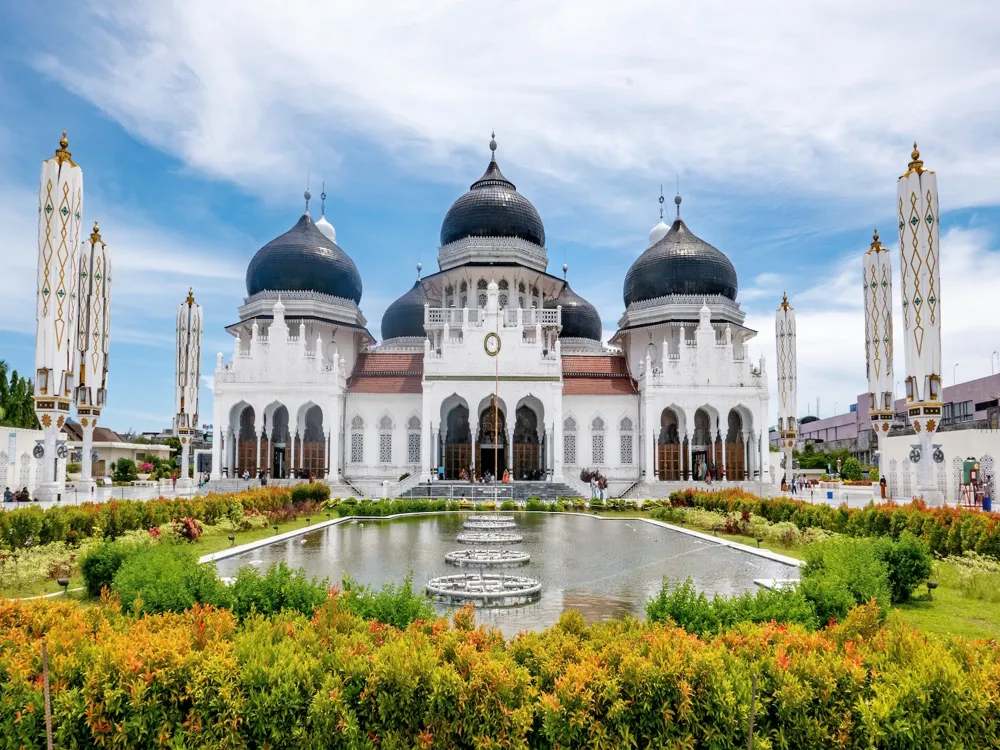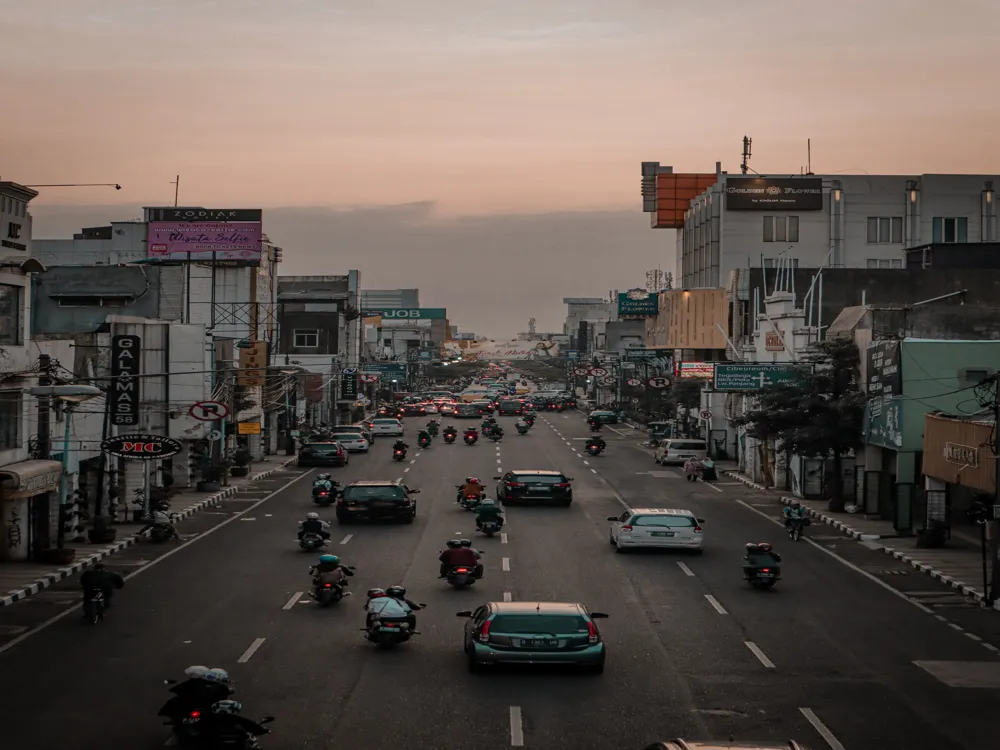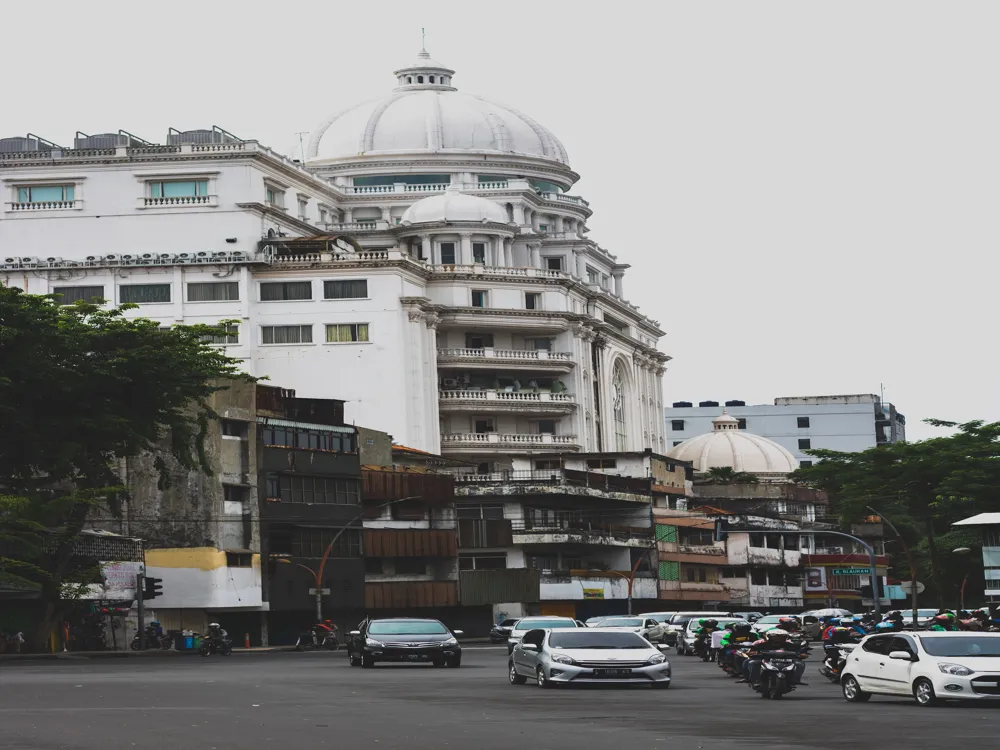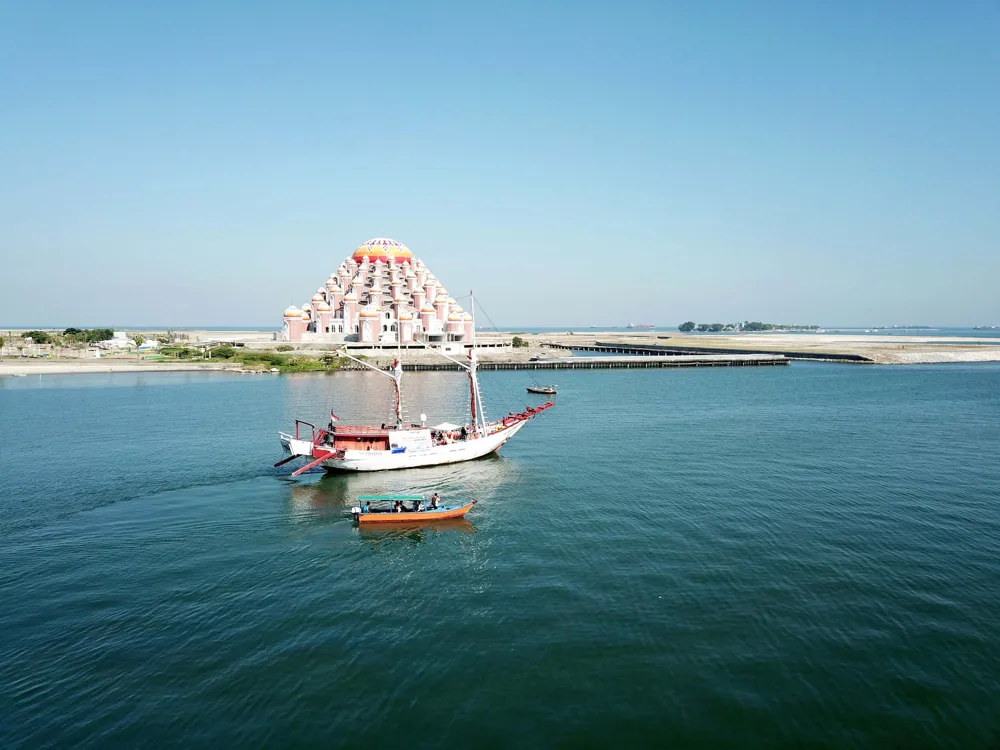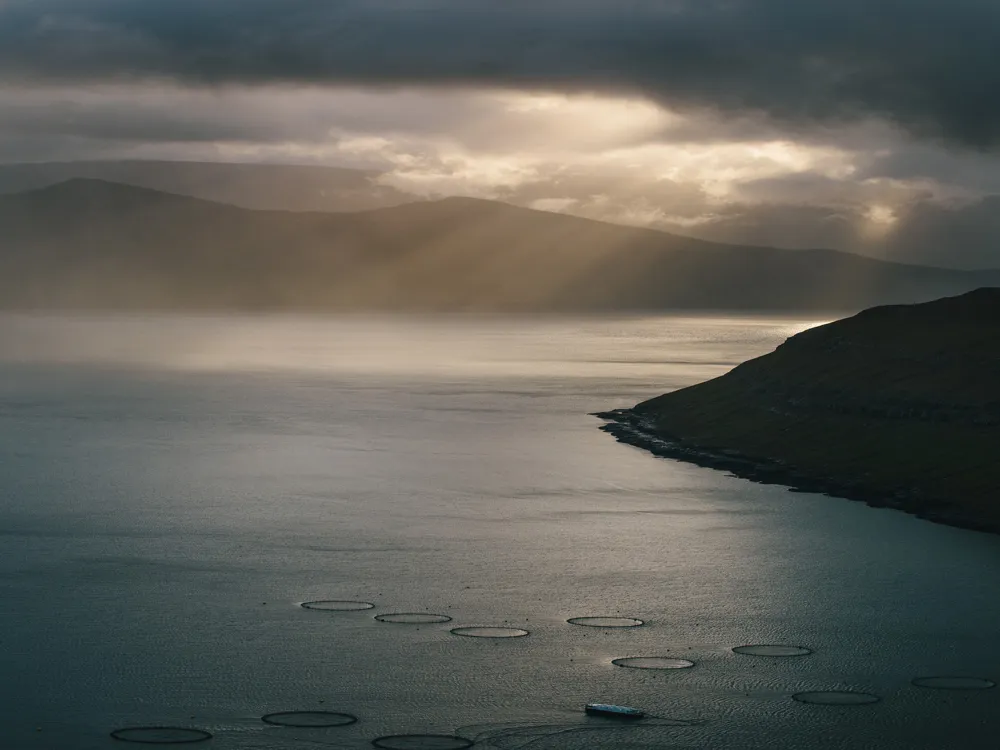Pulau Seram, often hailed as a hidden gem in theMaluku Islands of Indonesia, boasts a diverse landscape that ranges from towering mountains to dense rainforests and stunning coastal lines. This island, often overshadowed by its more famous neighbor, Bali, holds a treasure trove of natural beauty and cultural richness. The island's lush greenery is home to a myriad of unique wildlife, including the elusive Moluccan Cockatoo and the cuscus, a type of marsupial. The Seram Sea, which surrounds the island, is a vibrant underwater haven for divers, teeming with an array of marine life. The indigenous population of Seram is a melting pot of cultures, primarily the Alifuru, who have inhabited the island for centuries. Their rich traditions and customs are a significant aspect of the island's charm. The Alifuru's connection to nature is evident in their lifestyle, which is deeply intertwined with the land and sea. Apart from its natural wonders, Pulau Seram's history is equally fascinating. The island played a crucial role in the spice trade during the colonial era, serving as a pivotal point for traders from Europe and other parts of the world. This history has left an indelible mark on the island's cultural and social fabric, making it a captivating destination for history enthusiasts. Visitors to Pulau Seram are greeted with breathtaking landscapes, from the serene coastlines to the rugged mountainous terrains. The Manusela National Park, a major attraction, spans a significant portion of the island and is a haven for hikers and nature lovers. The park's diverse ecosystem is a testament to Indonesia's rich biodiversity. In conclusion, Pulau Seram is a must-visit destination for those seeking an off-the-beaten-path experience. Its natural beauty, rich cultural heritage, and historical significance make it a unique and unforgettable getaway. The architecture of Pulau Seram is a reflection of its diverse cultural heritage and natural surroundings. The traditional houses, known as 'Baileo', are the most distinctive architectural feature on the island. These structures, built primarily from natural materials like wood and sago palm, are not just homes but also cultural symbols. The Baileo, with their elevated floors and thatched roofs, are designed to withstand the humid tropical climate and are a testament to the ingenuity of Seram's indigenous people. Another notable aspect of Seram's architecture is the influence of colonial and foreign elements, a remnant of the island's history as a hub in the spice trade. This fusion is visible in the blend of European and local architectural styles, particularly in older structures and churches, some of which date back to the Dutch colonial period. The local mosques also display unique architectural styles, blending Islamic design elements with traditional Seram motifs. This architectural diversity is not just a reflection of the island's cultural melting pot but also an expression of its religious harmony. Apart from traditional and historical structures, modern architecture on Pulau Seram is evolving. Contemporary buildings, while increasingly prevalent, are being designed with a nod to traditional styles and environmental considerations, reflecting the islanders' enduring connection to their heritage and nature. In essence, the architecture of Pulau Seram is a captivating blend of traditional wisdom, historical influences, and modern adaptations. It offers a visual journey through the island's rich cultural tapestry and is an integral part of the Seram experience. When planning a trip to Pulau Seram, consider the best time to visit, typically between May and September, when the weather is more conducive for outdoor activities. Also, ensure you have all necessary travel documents, including visas if required, and vaccinations. For a comfortable journey, pack light but don't forget essentials like mosquito repellent, sun protection, and appropriate clothing for tropical weather. Sturdy footwear is a must for exploring the rugged terrain. Understanding and respecting local customs and traditions is crucial. Dress modestly, especially when visiting sacred sites, and always ask permission before taking photos of locals. While on the island, explore beyond the tourist spots. Engage with local guides who can provide insights into hidden gems and cultural experiences. Trying local cuisines and participating in traditional activities will enrich your experience. Always prioritize safety Read moreOverview of Pulau Seram, Maluku Islands
Architecture of Pulau Seram
Tips When Visiting Pulau Seram
Planning Your Trip
Packing Essentials
Respecting Local Culture
Exploring the Island
Staying Safe
Maluku Islands Tourism
Best Time to Visit Maluku Islands
How to Reach Maluku Islands
Things To do in the Maluku Islands
Pulau Seram
Maluku Islands
NaN onwards
View maluku-islands Packages
Maluku-islands Travel Packages
View All Packages For Maluku-islands
Top Hotel Collections for Maluku-islands

Private Pool

Luxury Hotels

5-Star Hotels

Pet Friendly
Top Hotels Near Maluku-islands
Other Top Ranking Places In Maluku-islands
View All Places To Visit In maluku-islands
View maluku-islands Packages
Maluku-islands Travel Packages
View All Packages For Maluku-islands
Top Hotel Collections for Maluku-islands

Private Pool

Luxury Hotels

5-Star Hotels

Pet Friendly







